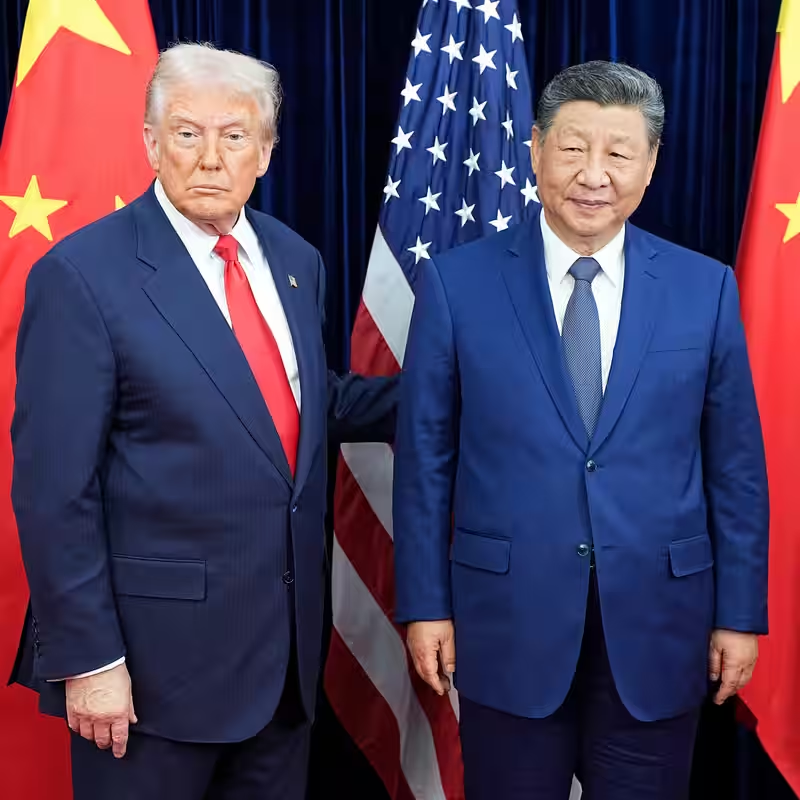Table of Contents
- What Happened in the Trump-Xi Meeting?
- Tariff Truce: What’s Actually Changing?
- Why Markets Aren’t Celebrating
- The Nuclear Shadow Over Trade Talks
- What Comes Next for U.S.-China Trade?
- Sources
What Happened in the Trump-Xi Meeting?
On Thursday, October 30, 2025, Presidents Donald Trump and Xi Jinping met on the sidelines of an international summit in South Korea. The meeting—billed as a make-or-break moment in the long-running U.S.-China trade saga—ended with both leaders claiming progress.
President Trump called it an “amazing meeting,” touting a new understanding on tariffs and trade barriers. Meanwhile, Beijing offered a more restrained assessment, underscoring the tentative nature of any agreement.
Trump-Xi Tariff Truce: What’s Actually Changing?
The core of the deal appears to be a mutual pause on the most aggressive trade measures either side had threatened. According to emerging details:
- Certain U.S. tariffs on Chinese electronics and machinery are delayed by 90 days.
- China will hold off on export restrictions on rare earth minerals and key battery components.
- Both nations agreed to restart working-level trade talks within 30 days.
However, no formal treaty was signed, and the concessions are explicitly temporary—raising doubts about long-term stability.
Why Markets Aren’t Celebrating
Despite the diplomatic fanfare, global investors reacted with skepticism:
| Market | Reaction |
|---|---|
| Shanghai Composite | Down 0.8% |
| FTSE 100 (London) | Down 0.5% |
| S&P 500 Futures | Pointing to weak U.S. open |
Analysts say the lack of concrete, binding commitments—and the backdrop of Fed rate decisions and Big Tech earnings—has left traders cautious. “This feels more like a timeout than a treaty,” said Mei Lin, chief Asia economist at Horizon Capital.
The Nuclear Shadow Over Trade Talks
Adding to the uncertainty, President Trump simultaneously floated the idea of resuming U.S. nuclear weapons testing—a move not seen in over 30 years. The juxtaposition of conciliatory trade language with hawkish security rhetoric has confused allies and adversaries alike.
“You can’t promise economic peace while threatening strategic escalation,” noted Dr. Rajiv Mehta, a foreign policy fellow at the Brookings Institution.
What Comes Next for U.S.-China Trade?
With working-level talks set to resume soon, all eyes will be on whether negotiators can convert this fragile truce into a durable framework. Key pressure points include:
- Intellectual property protections
- Subsidies for state-owned Chinese enterprises
- U.S. semiconductor export controls
For now, businesses on both sides are advised to prepare for volatility—because in U.S.-China relations, calm rarely lasts long.




